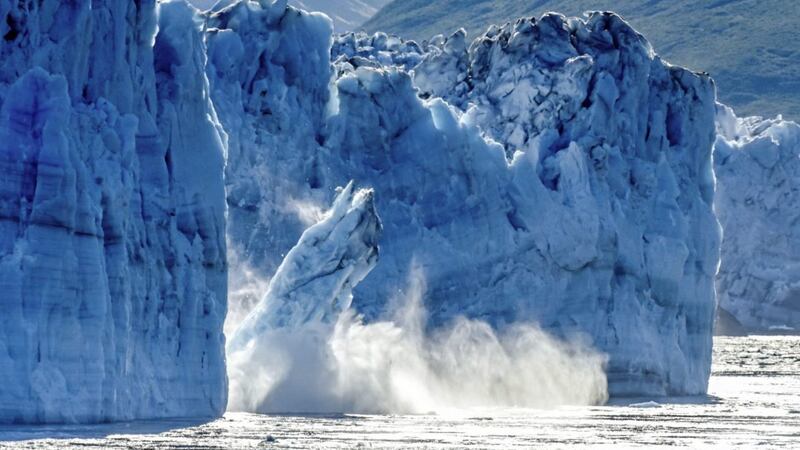IT IS interesting to see how environmental issues have become mainstream with nearly all political parties in Northern Ireland devoting space to them in the policy sections of their websites.
At the time of writing all the parties’ manifestos have not been published and with a few days before polling it would be unfair to pick out any for particular comment.
However, the manifestos that I did see all had several pages engaging with climate change and an acknowledgement of the challenges caused by the need to drastically cut greenhouse gas emissions.
It was also encouraging to see a number of parties call for extensive reforestation in Northern Ireland – a cause that I have argued in favour for over many columns.
It could, of course, just be a case of politicians mouthing the right platitudes for the sake of seeming to have engaged with environmental issues for the sake of a few votes. But they very fact that they feel this is necessary shows how what was once a fringe and for the most part grassroots agenda is now given space by parties in the north alongside more familiar policy areas.
While it is important that politics in the north engages and commits to tackling climate change, the region is only a bit player in a global issue – an issue that the president of the world’s biggest polluting nation would rather deny there is a problem with than do anything about.
Nations participating in international climate change talks in Madrid this week were told that their present commitment to reducing carbon emissions and what is actually needed to keep warming below 2C are widely different.
UN Environment Programme has concluded that most countries must increase their 2030 greenhouse gas emission-cut commitments more than five-fold to limit global temperature rise to the 1.5C goal of the Paris Agreement.
UN secretary general António Guterres said "the point of no return is no longer over the horizon".
Since 1990 the impact of warming the climate caused by long-lived greenhouse gases has increased by 43 per cent. Despite decades of warning about the catastrophic impact, last year the concentration of carbon dioxide and other greenhouse gases in our atmosphere reached new highs. Levels of other warming gases, such as methane and nitrous oxide, are also continuing to rise dramatically.
The issue has moved beyond science and is now having a tangible impact on people's lives. According to Save the Children climate changes has left millions in Africa facing hunger.
The charity estimates that 33 million people are facing emergency levels of food insecurity as a direct result of cyclones and droughts caused by the warming atmospheric temperature.
Over in South America, the World Wildlife Fund has warned that the Amazon rainforest is "facing a multitude of threats as a result of unsustainable economic development".
Twenty per cent of Amazon plants and animals have already been lost and the trend will worsen if left unchecked. WWF estimates that 27 per cent – more than a quarter – of the Amazon will be without trees by 2030 if the present rate of deforestation continues.
According to Nasa, a US federal government agency: "Global climate change has already had observable effects on the environment. Glaciers have shrunk, ice on rivers and lakes is breaking up earlier, plant and animal ranges have shifted and trees are flowering sooner.
"Effects that scientists had predicted in the past would result from global climate change are now occurring: loss of sea ice, accelerated sea level rise and longer, more intense heat waves.
"Scientists have high confidence that global temperatures will continue to rise for decades to come, largely due to greenhouse gases produced by human activities."








